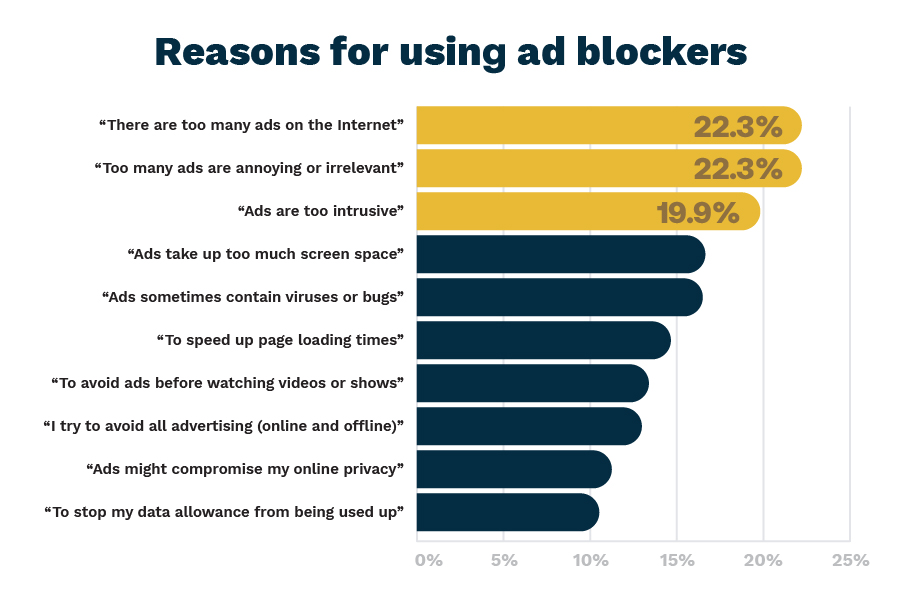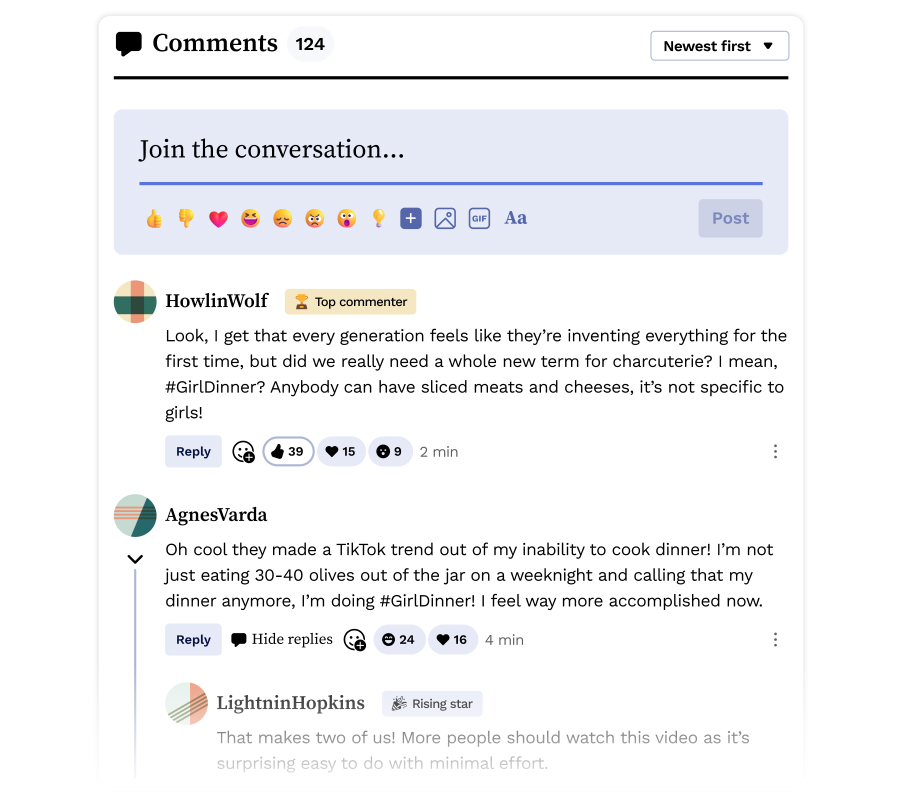How Publishers can Transform Visitors into an Online Community (In 4 Steps)
October 2023
#Engagement
#Monetization

For publishers hoping to maximize revenue, it’s not enough to draw eyeballs. The most successful publishers transform attention into online communities that foster ongoing, rich engagement.
Developing an online community means readers don’t just stop by, read an article or watch a video, and bounce. They watch multiple videos. They contribute their own content in the form of quiz responses or comments. And, perhaps most importantly, there is user engagement, which provides rich
first-party data
that empowers publishers to equip advertisers with granular ad targeting. This helps publishers stand out in the crowded online marketplace and maximize revenue.
Here are four steps publishers can take to transform visitors into an online community, collecting and boosting the value of first-party data.
1: Understand the ideal members of your community
It’s hard to foster an online community if you don’t understand the contours of that community. So, before you set out to build one, research the preferences and characteristics of your ideal audience.
Who are your visitors? What do they have in common? What would they talk about with each other? How can you orchestrate content to fuel those connections?
You can even run A/B tests to determine what types of content and tactics drive user engagement in your target audience. Do they respond to trivia questions? Are they quick to fill out and share quizzes related to the content you publish? Or do they enjoy engaging in thoughtful debates about the topics you cover?
A little audience research can lay the foundation for more effective online community building. This minimizes the overall time and budget required to develop a highly engaged audience.
2: Experiment with dynamic content and video
The publishers that are most adept at transforming attention into engaged online communities don’t view their content as a monologue — they recognize that all content is the starting point for a conversation. In turn, that user-generated content produces rich audience insights and content engagement.
Once you’ve identified the community you’re trying to build, the next step is experimenting with different content formats to determine the ones most likely to kickstart a lively conversation. And for most publishers, that means leaning into dynamic content and video.
Dynamic content can mean content that explicitly asks for user engagement such as trivia or quizzes. It can also mean commerce-enabled media such as shoppable visuals that take audiences to a product page or clickable content that allows a user to explore a topic in greater depth.
Meanwhile, video, while a hot topic in media for at least five years now, has never received more credit from marketers for boosting dwell time, traffic, leads, and sales. Leaning into moving visuals helps publishers engage audiences who all too easily bounce from text, especially on mobile where publishers have a fraction of a second to stop the scroll and catch a user’s attention.
3: Test interactive and audience data-driven ad formats
Many consumers view ads as a necessarily negative aspect of the online user experience. When they think of digital ads, intrusive pop-ups, sales pitches, and someone talking at, not with them, come to mind.
Globally, the most commonly reported reasons for using ad blockers include excessive amounts of ads (22.3%), the irrelevance of ad messages (22.3%), and the intrusion factor (19.9%)

Ads, just like content in general, don’t need to be a grating monologue. They, too, can foster a two-way experience that audiences find entertaining by integrating the same shoppable visuals and clickable features that are making organic content more engaging.
Plus, ads don’t have to be a one-size-fits-all experience. By partnering with identity providers, a publisher’s SSP can use privacy-safe identity signals to serve customized ads to online communities. This ensures ads are relevant, optimizing the engagement that drives better advertiser outcomes, yields greater revenue, and generates the first-party data at the foundation of high-quality content.
4: Incentivize visitors to leave comments
In addition to interactive content and ad formats, publishers should incentivize visitors to leave comments. The comments section is perhaps the most valuable forum for user interaction because it is multidirectional (not just publisher-to-audience but audience-to-audience) and open-ended. As a result, comments are the section of a site where online communities are most likely to take shape because they most closely resemble organic human interactions.
The best comments sections are not just repositories of unregulated interaction, though. Rather, publishers actively cultivate healthy and engaged communities. A few steps to get there include fostering an easily navigable UX across devices, using both AI and humans for moderation, and rewarding users for good behavior via Reputation Points, which show who’s commented frequently, thoughtfully, and appropriately.
Comments don’t just keep users engaged and enable online communities to form and thrive. They also provide valuable first-party data that publishers can use to personalize ads — including ads in the comments section itself. This is how comments sections can become a flywheel of high-quality engagement, driving user-generated content that informs the publisher to drive more effective ads.
Transform your content into a community with Insticator
Content is king, but even great content falls short of its potential if it doesn’t come with the tools that turn casual visitors into loyal community members.
With Insticator, publishers can transcend monologues, irrelevant ads, and suboptimal user experiences, transforming their sites into catalysts of conversation. In turn, those conversations will provide them with the rich first-party data they need to maximize the value of their content and deliver stronger results for advertisers.</span>

With third-party cookies due to expire on Chrome, publishing pessimists are proclaiming the demise of the open web. But privacy changes will actually redound to publishers’ benefit if they know how to collect and activate the first-party data that comes from their highly valuable, one-to-one relationships with their audiences. Designing sites to fuel engagement is the path for publishers to get there. At Insticator, we’re keen to help.

Written by



